The Lazy Person's Guide to Fermented Foods (No Fancy Gear!)
Unlock the Gut-Boosting Power of Fermented Foods (Without the Fuss!)
Want to improve your gut health but feel intimidated by the world of fermentation? You're not alone! Many people think fermentation requires fancy equipment and complicated processes. This lazy person's guide proves that's simply not true. We'll show you how to create delicious and healthy fermented foods using just mason jars and ingredients you probably already have in your pantry. Get ready to dive into the world of easy homemade fermented foods and unlock the incredible benefits of probiotics without breaking a sweat (or the bank!).
1. The Mighty Mason Jar: Your Fermentation BFF

Forget expensive crocks and airlocks. A simple mason jar is your key to easy fermentation. They're readily available, easy to clean, and perfect for small-batch fermenting. Plus, their clear glass lets you keep an eye on the fermentation process. Make sure you use wide-mouth jars for easier access.
2. Salt: The Fermentation Foundation
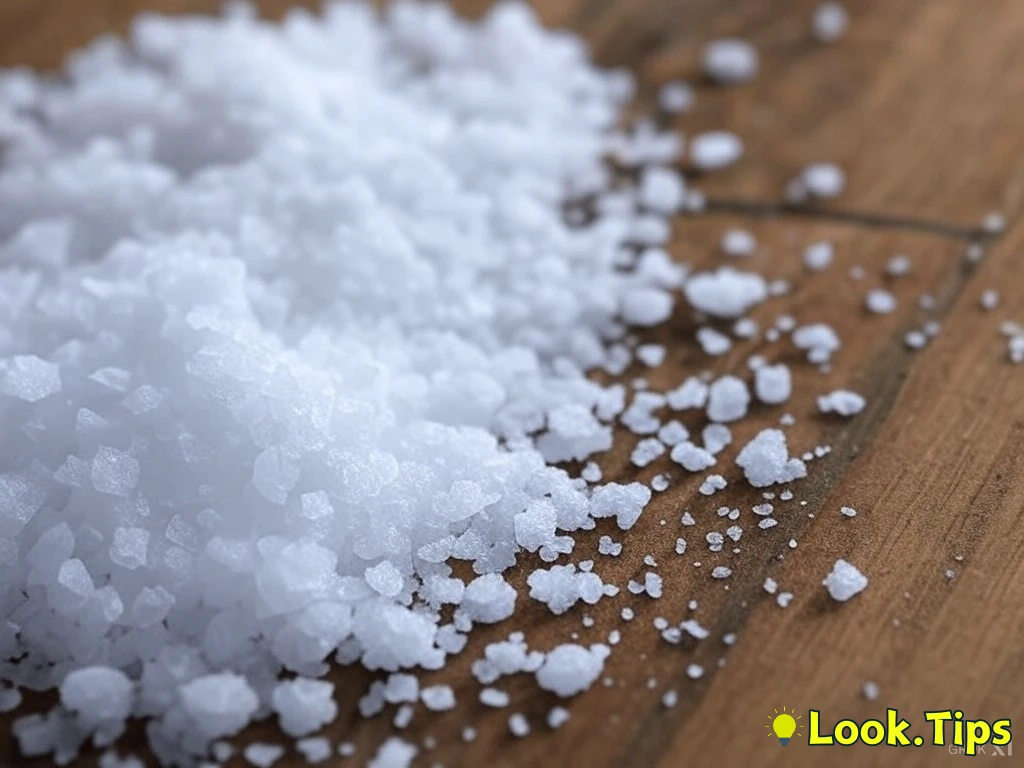
Salt is crucial for creating the right environment for fermentation. It inhibits the growth of bad bacteria while allowing the good bacteria to thrive. Use non-iodized salt, like sea salt or kosher salt, for the best results. The general rule of thumb is to use about 2-3% salt by weight of your vegetables.
3. Water: Keeping Things Submerged

Keeping your fermenting goodies submerged in brine is essential to prevent mold growth. Use filtered water and ensure your vegetables are completely covered. You can use a smaller jar, a Ziploc bag filled with water, or even a fermentation weight to keep everything down.
4. Veggie Variety: The More the Merrier!
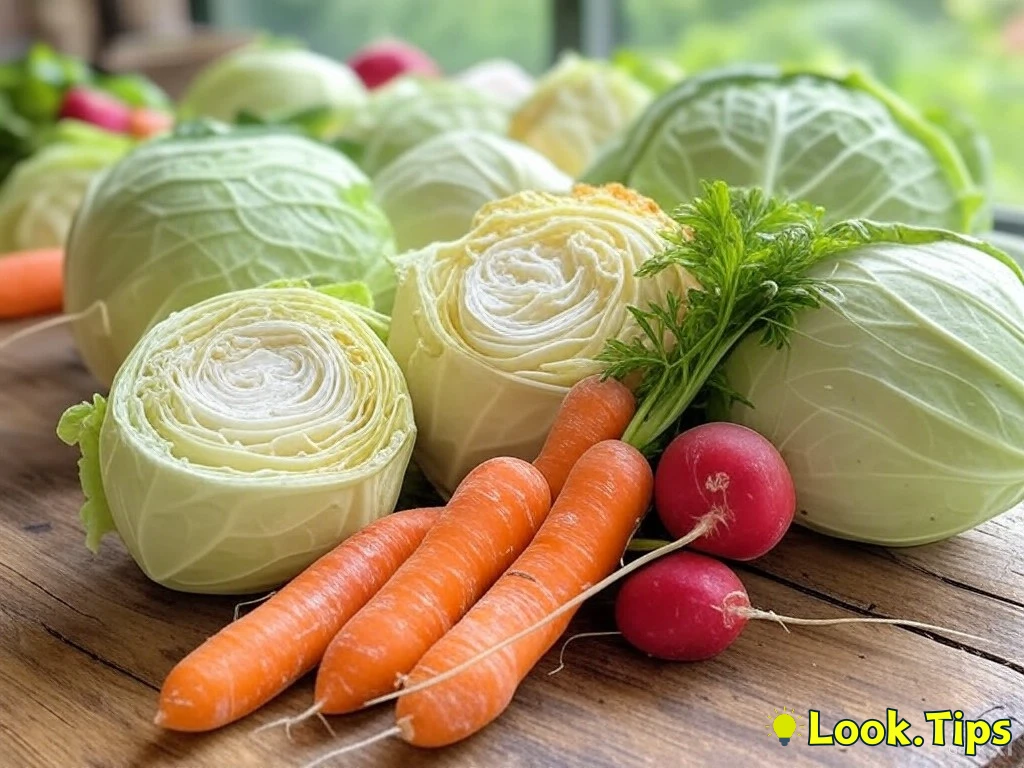
Get creative with your veggie choices! Cabbage is a classic for sauerkraut and kimchi, but don't be afraid to experiment with carrots, radishes, peppers, or even fruits like apples and berries for fruit shrubs. The possibilities are endless!
5. Flavor Boosters: Spice It Up!
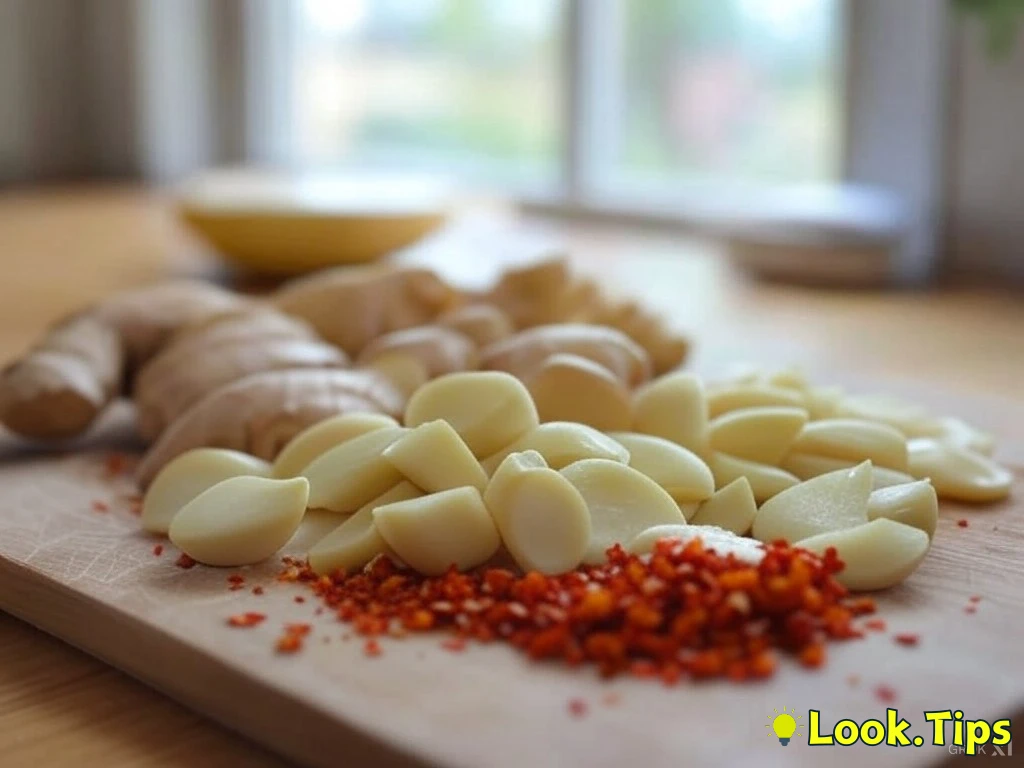
Herbs and spices can take your fermented creations to the next level. Add garlic, ginger, chili flakes, or your favorite spice blends for a personalized touch. These additions not only enhance the flavor but also offer additional health benefits.
6. Patience is a Virtue (But Not Too Much!)
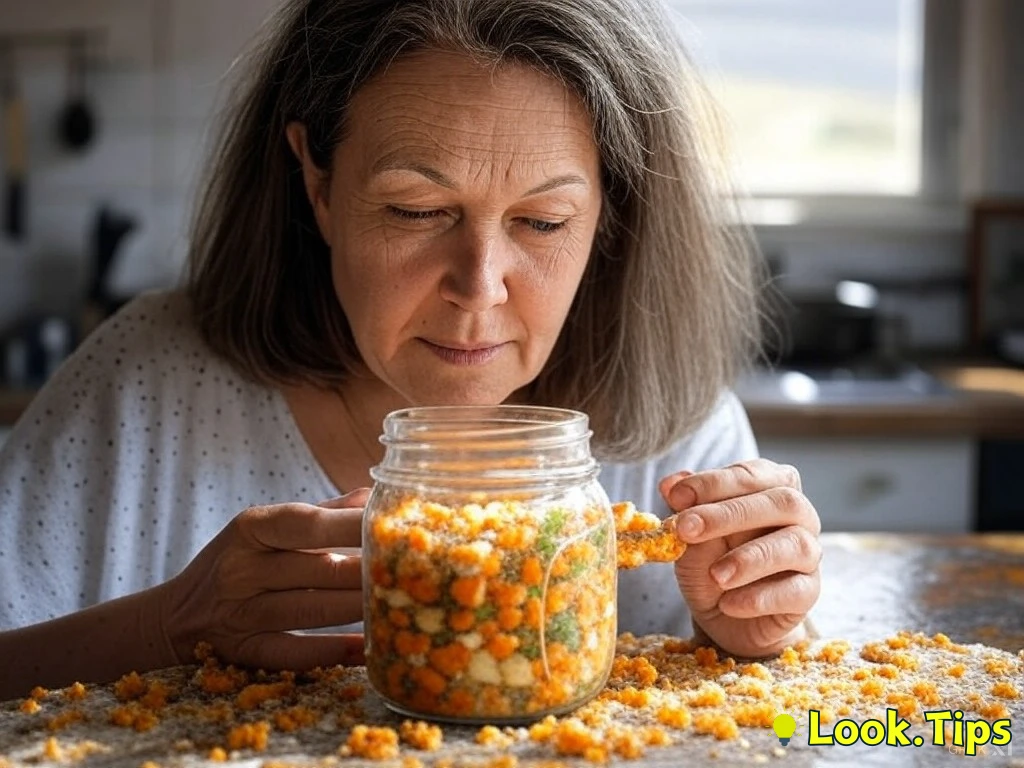
Fermentation takes time, but it doesn't have to take forever. Most vegetable ferments are ready in 1-4 weeks, depending on the temperature and your taste preferences. Start tasting after a week and continue until you reach your desired level of tanginess.
7. Temperature Control: Finding the Sweet Spot

The ideal temperature for fermentation is between 60-75°F (15-24°C). Avoid extreme temperatures, as they can hinder the fermentation process. A cool, dark place is usually best.
8. Kimchi in a Flash: The Lazy Way
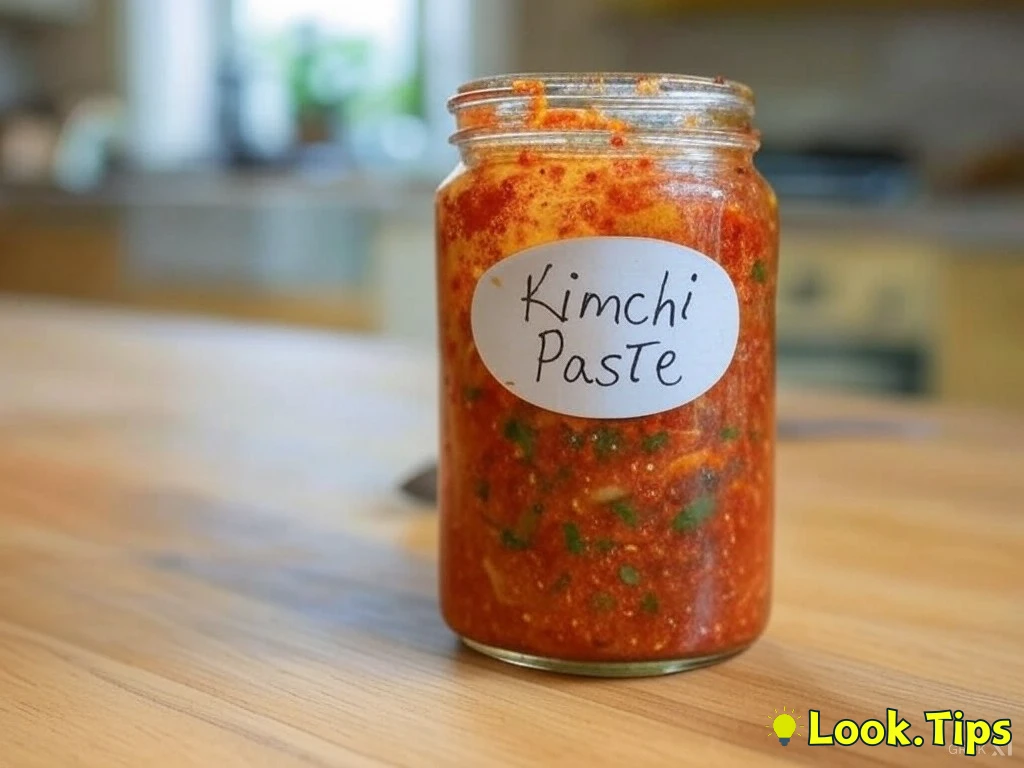
Craving kimchi but don't have all day? Try a quick kimchi recipe using pre-made kimchi paste or gochugaru (Korean chili flakes). Combine it with your favorite veggies, salt, and a little fish sauce (optional), and let it ferment for a few days. Instant flavor explosion!
9. Yogurt Made Easy: No Churning Required

Making yogurt at home is simpler than you think. Heat milk (dairy or non-dairy) to a specific temperature, add a starter culture (a spoonful of existing yogurt works!), and keep it warm for several hours. An insulated container or even your oven with the light on can do the trick.
10. Fruity Fun: DIY Fruit Shrubs
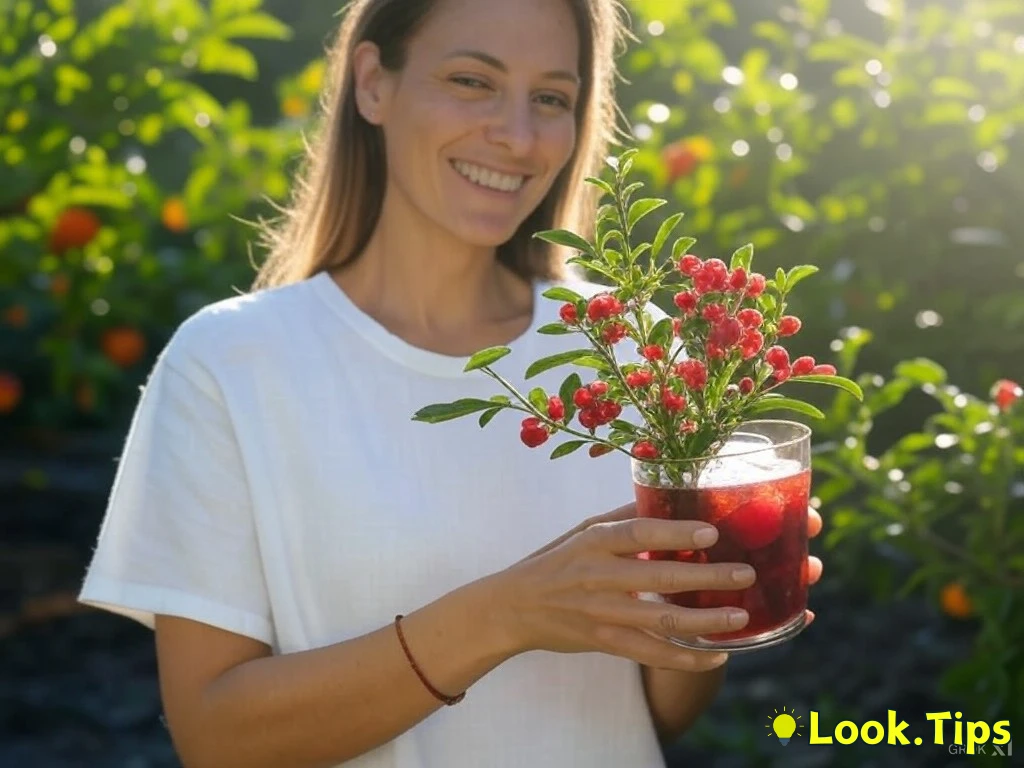
Fruit shrubs are a delicious and refreshing way to enjoy fermented flavors. Combine fruit (berries, stone fruit, etc.) with sugar and vinegar, let it sit for a few days, and then strain. Mix with sparkling water for a tasty probiotic beverage.
Ready to Get Your Ferment On?
With these simple tips, you can easily dive into the world of fermented foods without any fancy gear. Start with one recipe and gradually explore different flavors and techniques. Not only will you enjoy delicious and healthy food, but you'll also be boosting your gut health in the process. Share your fermentation adventures with us in the comments below and don't forget to share this guide with your friends who are ready to embrace the lazy way to fermentation!
Comments
Loading comments...